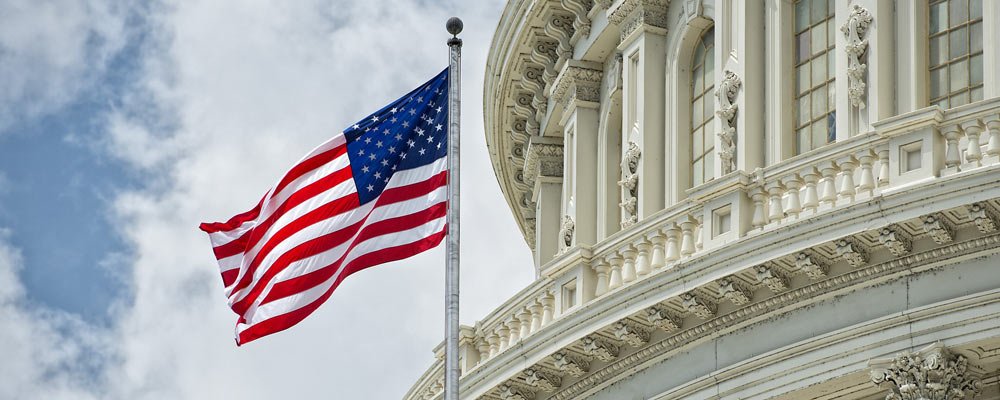On Friday evening, May 15, the SBA released the much-anticipated Paycheck Protection Program (PPP) Forgiveness Application. Though we still await a new Interim Final Ruling relating to forgiveness, the application provides answers to some of our most frequent questions. The following are highlights of the calculation defined in the application:
8-Week Covered Period
The application confirms that the 8-week (56-day) “Covered Period” begins on the day the funds were deposited. All non-payroll costs follow the Covered Period; however, payroll costs may either be those in the Covered Period or a newly-defined “Alternative Covered Payroll Period,” at the election of the borrower.
So what is the “Alternative Covered Payroll Period”? It is an 8-week (56-day) period that begins on the first day of the first pay period following PPP loan disbursement. This option is available only for businesses with a biweekly (or more frequent) payroll period.
We also received answers regarding costs that may not fit easily into an 8-week period. For example – monthly rent or monthly payroll. Imagine payroll is run and rent is paid on May 1st and then the business gets a PPP loan disbursement on May 2nd; their 8-week period would end June 26th, only encompassing one payroll and one rent payment. In this scenario, under a set of guidelines provided, the borrower may apply for incurred costs in order to accurately capture 8 weeks’ worth of expenses.
PPP Forgiveness Amount
The PPP application allows loan recipients to receive forgiveness for the least of these three amounts:
- The PPP loan about
- Total payroll costs submitted divided by 75%
- The modified total, which has several variations:
- No reduction in wages or Full-Time Equivalent employees (“FTEs”)
- Reduction in wages of over 25% for 1 or more employees
- Reduction in the number of FTEs
- Both reduction in wages over 25% for 1 or more employees, and reduction in FTEs
Other Items
Highlights of other items where we received guidance or definitions include:
- Inclusion of gross payroll (though we will look for this in the pending Interim Final Ruling, which is a higher level of guidance than the application)
- Method for calculating Full Time Equivalent employees (FTEs) during the covered period and comparison period, including a simplified method that can be used at the discretion of the borrower
- A safe harbor for the FTE calculation for employees who were offered their job back after being laid off but refused, those who voluntarily resigned or requested a reduction in hours or those fired for cause
- Guidelines, which are fairly borrower-favorable, for determining whether any reduction in wages exceeds 25%
The application also addressed documentation requirements. Documentation for each expense on the forgiveness application will be needed to substantiate the claim. For more details on that, see our piece on What Documents Businesses Should Maintain.
As mentioned above, we are still waiting on additional guidance in the coming days. Questions that remain include: payment of bonuses or hazard pay, various anti-abuse provisions, and a more defined description of retirement benefits paid, among other items.
Want to learn more? Please register for our webinar this Thursday, May 21st at 12:30 by clicking here. We’ll be providing the most up-to-date information available!
Want to see the application for forgiveness? The application is available here.





